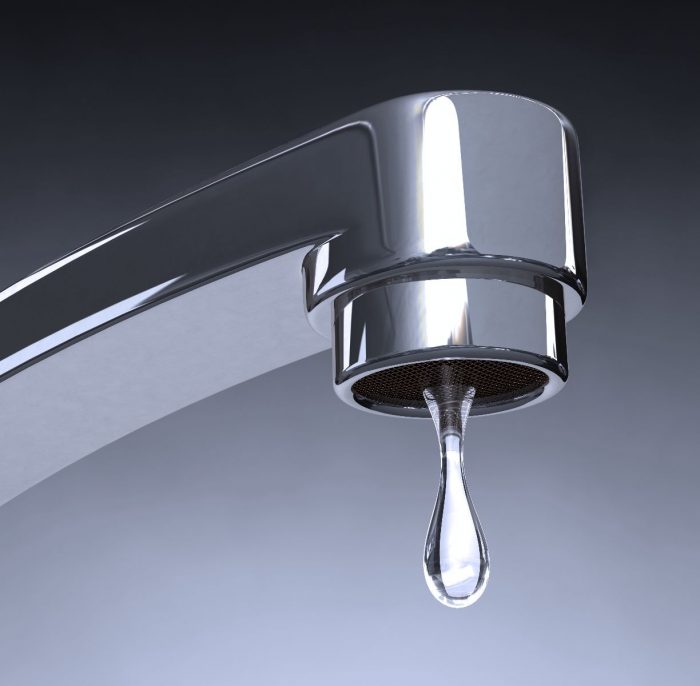
The Southland is well-positioned to weather a sixth year of drought, Metropolitan Water District officials said this week, but they warned that consumers and business still need to do their share to conserve.
“The reality is that California is still in a drought. We’re just not in a state of emergency,” MWD board Chairman Randy Record said. “Heading into 2017, we’re hoping to build on the supply momentum created by Southern California’s ongoing water-saving efforts and improved storage conditions this year.”
MWD General Manager Jeffrey Kightlinger said the Southland is in a strong position in terms of water thanks to increases in reservoirs and local groundwater basins. He noted that the MWD received a 60 percent allocation from the State Water Project this year, more than the last three years combined. He also credited aggressive water-conservation efforts by residents.
“The increased state supplies and local water-saving is allowing us to start rebuilding our storage by up to 500,000 acre-feet by the end of the year. That’s the first increase to regional reserves in four years,” he said.
An acre-foot of water is nearly 326,000 gallons, about the amount used by two average Southland households.
But MWD officials warned that there are still uncertainties with the water supply, most notably due to possible shortages in deliveries from the Colorado River, which is at less than 40 percent of its usual capacity, and Northern California, where deliveries could be curtailed due to environmental restrictions in the Sacramento-San Joaquin Delta.
“Those pumping restrictions could cost Southern California of up to a third of our State Water Project supplies in average years unless the system is updated,” Record said. “You can just look at Diamond Valley Lake this year to see the impacts. Chances are we would have been able to fill the lake had it not been for pumping cutbacks.”
District officials said they will be emphasizing more conservation efforts, and will offer $140 million for conservation rebates over the next two years and continue funding a public-outreach campaign to encourage reduced water use.
The MWD provides water to 26 cities and water agencies that serve nearly 19 million people in six counties.





